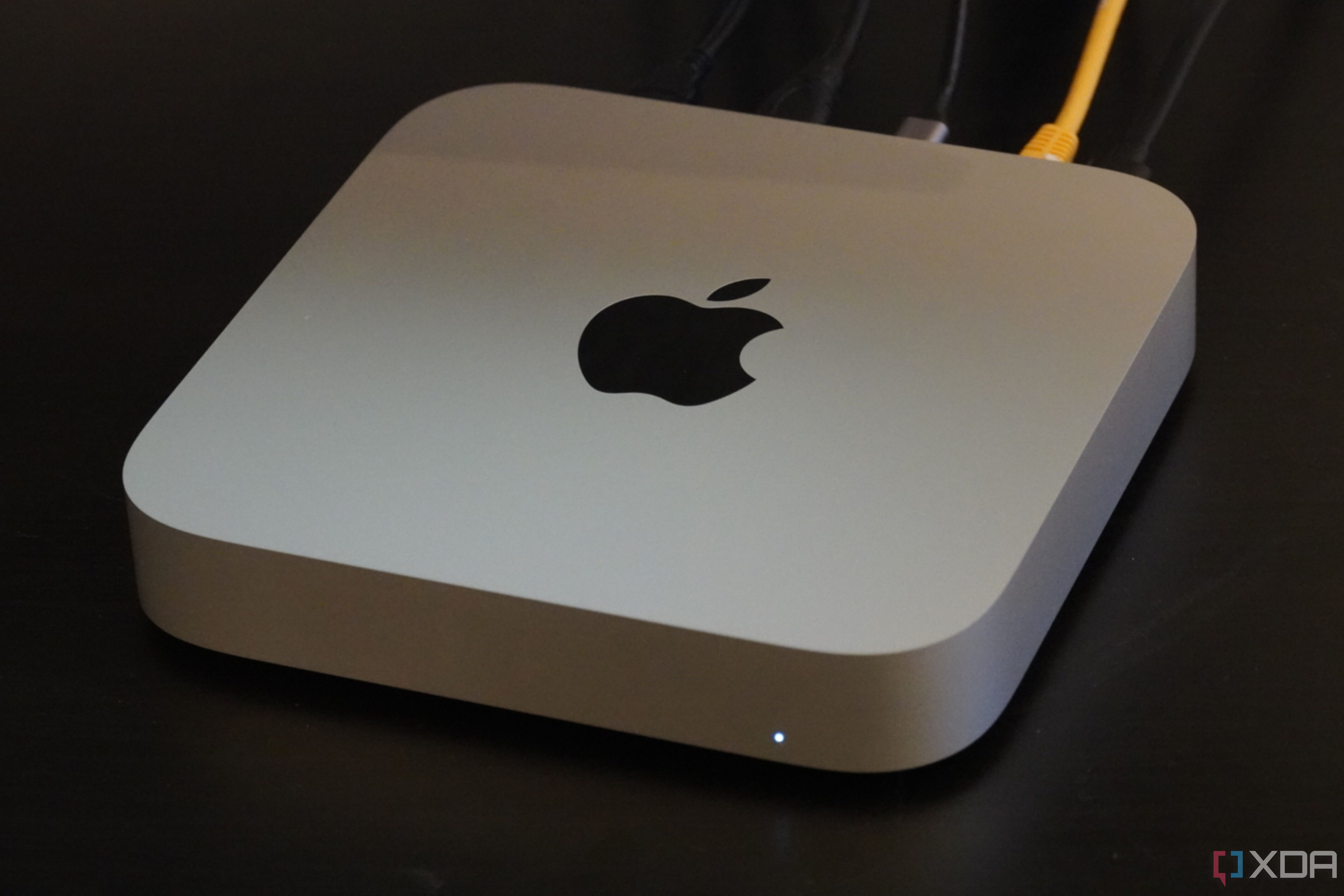- cross-posted to:
- [email protected]
- cross-posted to:
- [email protected]
There were a number of exciting announcements from Apple at WWDC 2024, from macOS Sequoia to Apple Intelligence. However, a subtle addition to Xcode 16 — the development environment for Apple platforms, like iOS and macOS — is a feature called Predictive Code Completion. Unfortunately, if you bought into Apple’s claim that 8GB of unified memory was enough for base-model Apple silicon Macs, you won’t be able to use it. There’s a memory requirement for Predictive Code Completion in Xcode 16, and it’s the closest thing we’ll get from Apple to an admission that 8GB of memory isn’t really enough for a new Mac in 2024.



There are real world performance benefits to ram being as close as possible to the CPU, so it’s not entirely without merit. But that’s what CAMM modules are for.
But do those benefits outweigh doubling or tripling the amount of RAM by simply inserting another stick that you can buy for dozens of dollars?
That’s extremely dependent on the use case, but in my opinion, generally no. However CAMM has been released as an official JEDEC interface and does a good job at being a middle ground between repairability and speed.
It’s an officially recognized spec, so Apple will ignore it as long as they can. Until they can find a way to make money from it or spin marketing as if it’s some miraculous new invention of theirs, for something that should just be how it’s done.
Parts pairing will do. That’s what Apple known for, knee capping consumer rights.
Yes, there are massive advantages. It’s basically what makes unified memory possible on modern Macs. Especially with all the interest in AI nowadays, you really don’t want a machine with a discrete GPU/VRAM, a discrete NPU, etc.
Take for example a modern high-end PC with an RTX 4090. Those only have 24GB VRAM and that VRAM is only accessible through the (relatively slow) PCIe bus. AI models can get really big, and 24GB can be too little for the bigger models. You can spec an M2 Ultra with 192GB RAM and almost all of it is accessible by the GPU directly. Even better, the GPU can access that without any need for copying data back and forth over the PCIe bus, so literally 0 overhead.
The advantages of this multiply when you have more dedicated silicon. For example: if you have an NPU, that can use the same memory pool and access the same shared data as the CPU and GPU with no overhead. The M series also have dedicated video encoder/decoder hardware, which again can access the unified memory with zero overhead.
For example: you could have an application that replaces the background on a video using AI. It takes a video, decompresses it using the video decoder , the decompressed video frames are immediately available to all other components. The GPU can then be used to pre-process the frames, the NPU can use the processed frames as input to some AI model and generate a new frame and the video encoder can immediately access that result and compress it into a new video file.
The overhead of just copying data for such an operation on a system with non-unified memory would be huge. That’s why I think that the AI revolution is going to be one of the driving factors in killing systems with non-unified memory architectures, at least for end-user devices.
That’s a fantastic explanation! Thank you!
I feel like this is an arguement for new specialized computers at best. At worst it shows that this AI crap is even more harmful to the end user.
Bus goes Vrrrroom vrrooom. Fuck AI.
And even if the out-of-the-box RAM is soldered to the machine, it should still be possible to add supplementary RAM that isn’t soldered for when the system demands it. Other computers have worked like this in the past with chip RAM but a socket to add more.
It’s highly dependent on the application.
For instance, I could absolutely see having certain models with LPCAMM expandability as a great move for Apple, particularly in the pro segment, so they’re not capped by whatever they can cram into their monolithic SoCs. But for most consumer (that is, non-engineer/non-developer users) applications, I don’t see them making it expandable.
Or more succinctly: they should absolutely put LPCAMM in the next generation of MBPs, in my opinion.
Apple’s SoC long predates CAMM.
Dell first showed off CAMM in 2022, and it only became JEDEC standardised in December 2023.
That said, if Dell can create a really good memory standard and get JEDEC to make it an industry standard, so can Apple. They just chose not to.